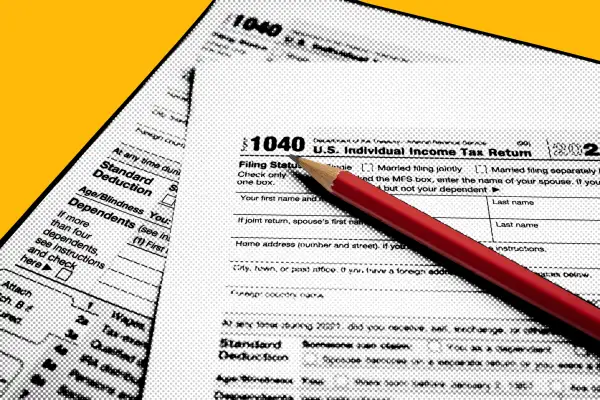2024 Tax Brackets: IRS Increases Income Thresholds, Standard Deduction Due to Inflation

Inflation has eaten into Americans' wallets throughout this year, and the IRS is making changes to its federal income tax bracket thresholds as a result.
The IRS revealed its tax inflation adjustments on Thursday for the 2024 tax year. That means these aren't the rates tied to income taxes you'll pay this upcoming filing season (those are technically your 2023 taxes) — these are the rates you will pay in 2025 based on the amount you earn next year.
Tax bracket adjustments are made every year by the IRS; they're announced in the fall alongside changes to other tax provisions and standard deductions. Inflation hasn't been quite as bad this year as it was last year — it peaked at 9.1% in June 2022 and now has hit 3.7% — but the income thresholds are still getting a sizable bump.
All said, the IRS is making changes to over 60 tax provisions for 2024, including a 5% increase to the standard deduction.
Not everybody pays the same amount of taxes. The IRS determines how much you'll pay each year using a graduated-rate income tax system.
This year, the lowest rate is 10%, for single-filing individuals who make up to $11,600 in 2024. This is up from a cutoff of $11,000 for 2023. The highest rate is 37%, for single-filing individuals who make over $609,350 (up from $578,125 last year).
Graduated tax brackets are income-based and determine how much each portion of your earnings are taxed. The first $11,600 of a filer's income is taxed at 10%. The next $35,500 is taxed at 12%, and so on.
None of the seven tax rates that make up the graduated brackets have changed since last year, though the thresholds themselves have been adjusted upwards. Here are the tax brackets for single filers in 2024:
- 10%: $0 to $11,600
- 12%: $11,600 to $47,150
- 22%: $47,150 to $100,525
- 24%: $100,525 to $191,950
- 32%: $191,950 to $243,725
- 35%: $243,725 to $609,350
- 37%: $609,350 and up
What is the standard deduction for 2024?
The standard deduction is a predetermined amount of income that isn't taxed by the federal government. Alternatively, you can itemize your deductions to potentially save more than the standard deduction; however, after a tax overhaul in 2017, the vast majority taxpayers choose to take the standard deduction.
For single filers, the standard deduction for 2024 will be $14,600, up from $13,850 this year. For married couples filing jointly, the standard deduction will be $29,200.
For more information on inflation adjustments, go to the IRS website.
More from Money:
Some Taxpayers Can File Federal Returns for Free Directly With the IRS Next Year
Tracking Your Tax Refund Will Be 'Significantly' Easier Next Year: IRS
